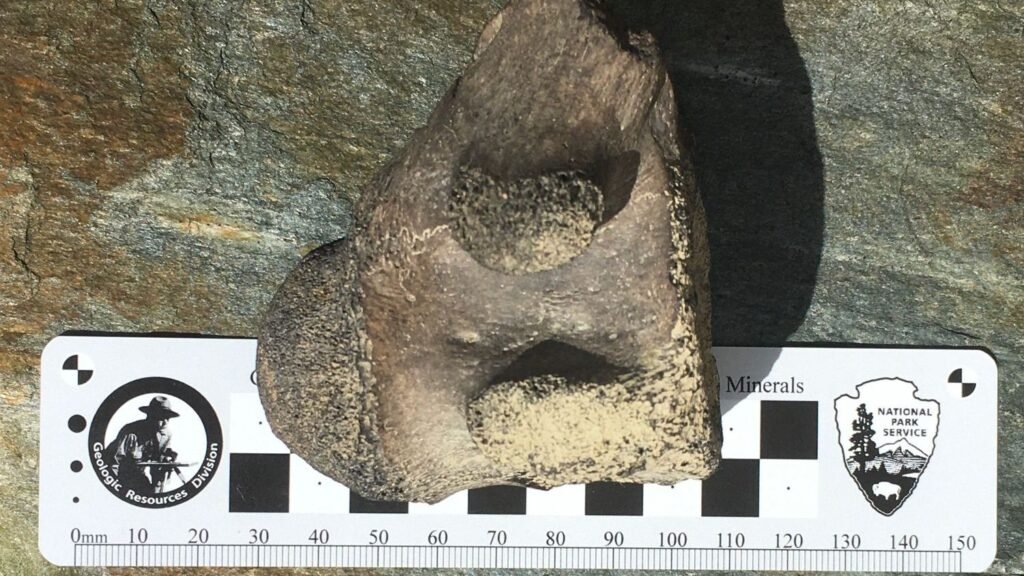Imagine strolling through your hometown, completely unaware that millions of years ago, ancient sea creatures swam directly over the spot where you now stand. Across America, countless communities rest atop the remnants of prehistoric oceans, their foundations literally built upon the fossilized remains of long-extinct marine life. These aren’t just random geological curiosities, but living museums where every construction project becomes an accidental archaeological dig, and where the boundary between past and present grows remarkably thin.
The story of these fossil-rich communities stretches back hundreds of millions of years, when vast inland seas covered much of what we now call the continental United States. As these ancient waters receded, they left behind more than just sedimentary layers – they created treasure troves of prehistoric life that continue to surface in the most unexpected places. Let’s journey through seven remarkable American towns where fossils aren’t museum pieces, but everyday discoveries waiting beneath your feet.
Hays, Kansas: The Mosasaur Capital of the World
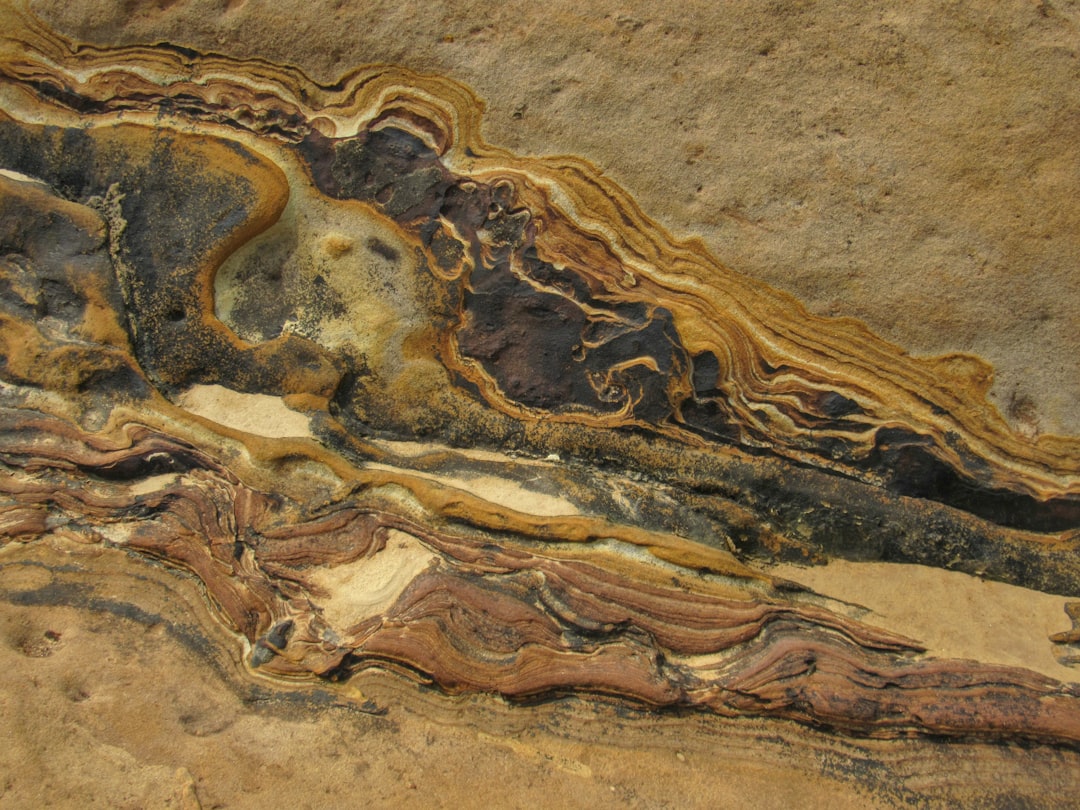
Walking through Hays feels like stepping into the world’s most unusual natural history museum, except the exhibits are buried beneath every street corner and building foundation. Since 1868 and the discovery of Tylosaurus proriger, this Kansas town has been the source of thousands of fossil specimens, with paleontologists considering western Kansas the birthplace of American paleontology. The Smoky Hill Chalk formation that underlies the community preserves an incredible snapshot of life from approximately 87 to 82 million years ago, when a shallow ocean was home to giant clams, rudists, crinoids, squid, ammonites, numerous sharks and bony fish, turtles, plesiosaurs, mosasaurs, Pteranodons and even several species of marine birds.
What makes Hays truly extraordinary is the sheer accessibility of its fossil treasures. It’s one of the few spots on earth where the rock around these fossils is more delicate than the fossils themselves, with soft chalk that scientists can gently brush away without wrecking the fragile skeletons. The town sits squarely in the middle of what paleontologists have nicknamed “Hell’s Aquarium” – a reference to the fierce marine predators that once prowled these ancient waters.
Cincinnati, Ohio: Fossil Graveyard Beneath the Queen City

Cincinnati represents a remarkable jumble of sea creatures far from any modern sea, where fossil experts agree that ocean storms ripped apart these creatures’ homes as turbulent waves advanced over portions of the continent’s interior, rapidly burying these animals’ remains in layer after layer of clay and lime muds. The city’s unique geological foundation consists of alternating layers of limestone and shale, creating a natural fossil archive that spans millions of years of ancient marine life.
Construction crews in Cincinnati regularly uncover crinoid stems, brachiopod shells, and trilobite fragments during routine excavations. As you drive down Cincinnati’s roads, you’ll notice the alternating sequence of thin limestone followed by thin shale beds, where the limestone beds are made of lime muds that cemented together the remains of sea creatures, while the shale beds are made of softer clay muds from the seafloor. The city literally rests on what paleontologists describe as one of North America’s most significant fossil graveyards.
Dover, Delaware: Miocene Marine Treasures in the First State

Dover’s suburban neighborhoods conceal a wealth of Miocene-era fossils, dating back approximately 15 to 20 million years when the area lay beneath warm, tropical seas. The Calvert Formation underlying much of central Delaware contains an astonishing diversity of ancient marine life, from massive whale bones to delicate gastropod shells. Local residents have discovered everything from prehistoric shark teeth to fossilized coral reefs during routine landscaping projects.
The town’s strategic location along ancient coastlines created ideal conditions for fossil preservation. Storm events repeatedly buried marine communities in fine sediments, creating layer upon layer of fossilized ecosystems. Dover’s fossil record provides scientists with crucial insights into how marine life adapted to changing sea levels and climate conditions during the Miocene warming period, making backyard discoveries scientifically significant far beyond their local importance.
Lockport, New York: Where Ancient Reefs Still Shape the Landscape

Outcrops of the middle Silurian Lewiston Member of the Rochester Shale around the city of Lockport yield extraordinary fossils, with Silurian fossils including New York’s iconic eurypterids (sea scorpions) abundant in rocks that extend east-west across New York State south of Lake Ontario. The community sits atop what was once a thriving tropical reef system, complete with coral gardens and diverse marine ecosystems that flourished in shallow, warm seas approximately 432 to 418 million years ago.
Lockport’s unique position as a fossil hotspot stems from its location within the ancient Silurian reef complex. The limestone quarries that helped build the Erie Canal continue to yield spectacular specimens today, including complete eurypterid fossils that represent some of the largest arthropods ever to exist on Earth. Local construction projects regularly unearth beautifully preserved brachiopods, crinoids, and coral colonies that once formed the foundation of these prehistoric reef communities.
Ellsworth, Kansas: Where Prehistoric Forests Met Ancient Seas
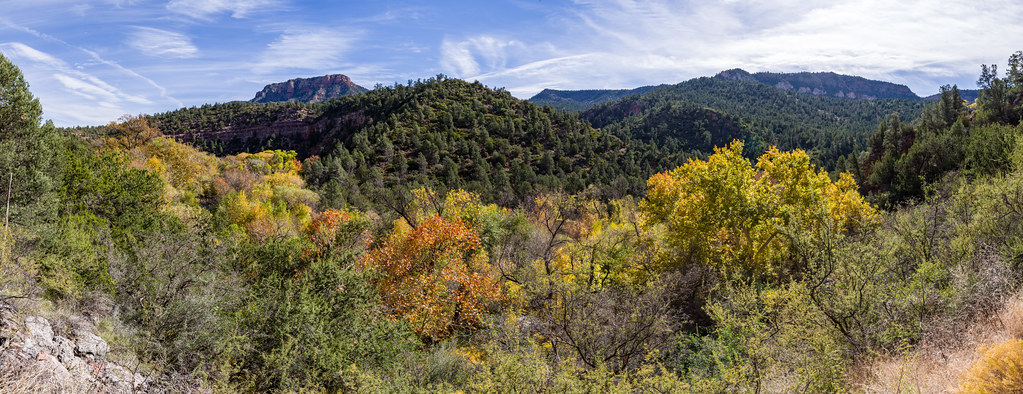
In the same sandstone surrounding Ellsworth County, fossils of marine fish and seashells were found alongside leaf fossils, revealing that a sea covered the area millions of years ago with at least one small island that was covered with beautiful trees and inhabited by birds. This remarkable fossil locality preserves evidence of both marine and terrestrial ecosystems, creating a unique window into ancient environmental transitions.
The Dakota Sandstone formation beneath Ellsworth contains leaves from trees similar to modern-day oaks, willows, poplars, laurels, sarsaparillas, magnolias, and sassafras trees, none of which are native to Ellsworth County today, although they grow naturally in areas where temperatures are warmer. This fossil evidence suggests the region experienced dramatically different climate conditions, with lush coastal forests giving way to marine environments as ancient sea levels fluctuated.
Monument, Kansas: Chalk Spires Rising From Ancient Ocean Floors

The town of Monument takes its name from the spectacular chalk formations that tower above the surrounding prairie, creating an otherworldly landscape that speaks directly to the area’s marine origins. Fossil hunters have found prehistoric fish, turtles, and giant marine reptiles here, with giant clam fossils up to six feet wide recovered from these rocks, leading scientists to rank this area among the world’s best places to study Cretaceous marine life with fossils so well-preserved that tiny details remain visible.
These chalk spires represent the accumulated remains of countless microscopic marine organisms that lived and died in the Western Interior Seaway. The formations continue to erode today, constantly exposing new fossil material that draws paleontologists from around the world. Local residents have learned to keep watchful eyes during their daily routines, knowing that any eroded chalk fragment might contain the fossilized remains of creatures that swam in these ancient waters 80 million years ago.
Calvert Cliffs, Maryland: Beach Town Built on Fossil Beaches
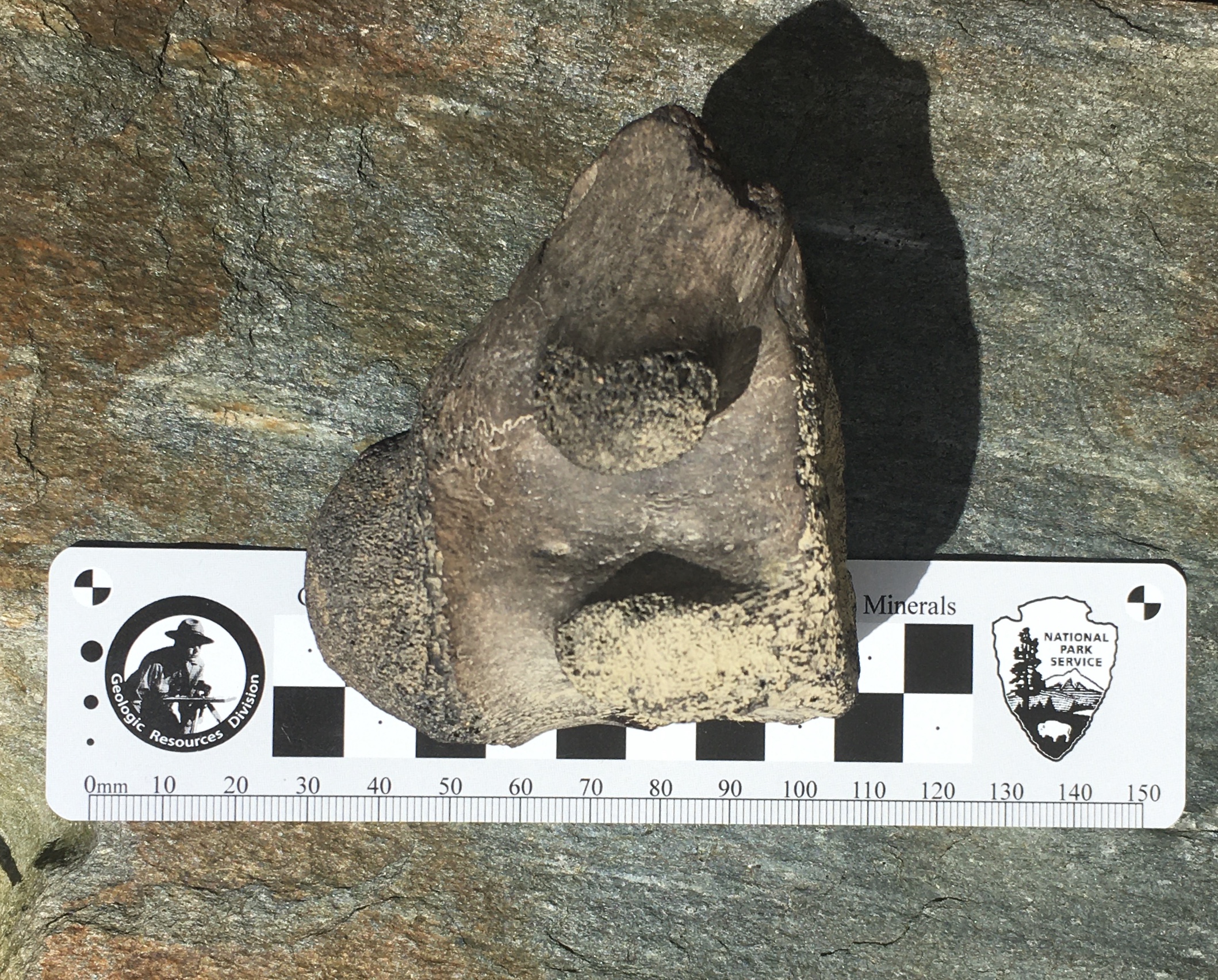
The communities along Maryland’s Calvert Cliffs represent perhaps the most accessible fossil hunting grounds on the East Coast, where Florida’s distinct carbonate sediments extend northward, with fossil-bearing deposits varying from shelly sand in northern areas to reef limestone, containing fossils ranging from Paleogene to Pleistocene in age. These cliff-side towns literally rest upon layer after layer of fossilized marine life, creating a geological timeline that beachcombers can read like pages in an ancient book.
Every storm that batters the Chesapeake Bay shoreline exposes fresh fossil material from the Calvert Formation, creating a renewable treasure hunt for residents and visitors alike. The cliffs contain an incredible diversity of Miocene fossils, including whale bones, shark teeth, and countless species of mollusks that lived in the warm, productive seas that once covered the mid-Atlantic region. Local communities have built their identities around these fossil riches, with many residents becoming amateur paleontologists simply through years of beachcombing along their fossilized shores.
Conclusion
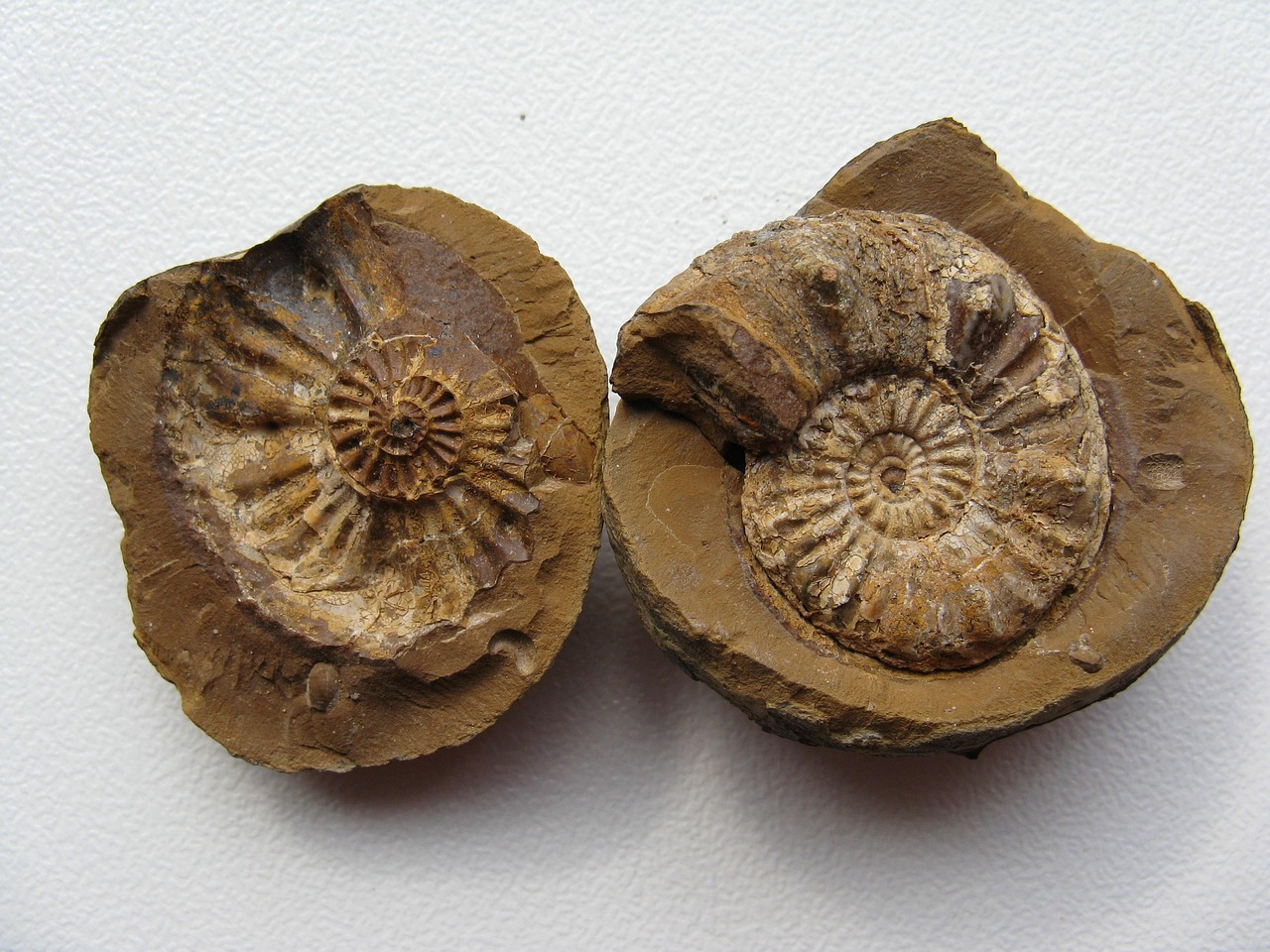
These seven American towns remind us that the ground beneath our feet holds stories far more ancient and wondrous than we typically imagine. From Kansas prairie communities built on the bones of marine giants to East Coast towns where every beach walk becomes a fossil expedition, these places blur the line between past and present in the most tangible way possible. They prove that you don’t need to visit a museum to connect with prehistoric life – sometimes, you just need to look down.
The fossil riches of these communities continue to contribute valuable scientific knowledge while inspiring countless residents to develop deeper connections with natural history. Whether it’s a construction worker in Cincinnati uncovering a perfect trilobite or a beachcomber in Maryland discovering a prehistoric whale vertebra, these daily encounters with ancient life create a special awareness of deep time and our planet’s incredible history.
What stories might the ground beneath your own hometown be hiding? The next time you see a construction site or visit a local beach, remember these fossil towns and keep your eyes open for traces of the ancient worlds that came before us.

